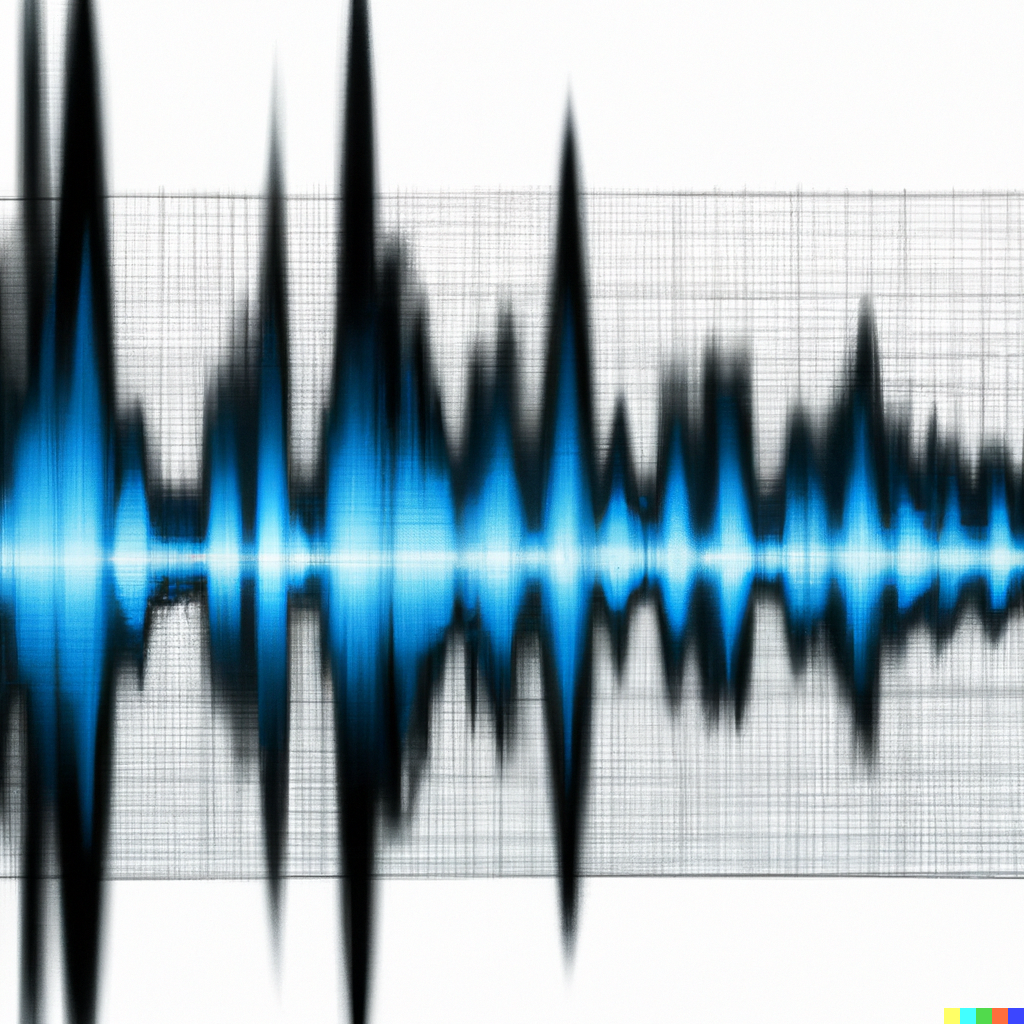
Understanding EQ and Frequency Response
Equalization (EQ) is a fundamental tool in audio engineering that allows you to shape the frequency response of a sound. Understanding EQ and frequency response is crucial for achieving a balanced and pleasing sound in your recordings and mixes.
Frequency Response
The frequency response of a sound refers to the way that it behaves at different frequencies. Every sound has a unique frequency response that is determined by its physical characteristics, such as its size and shape.
In audio engineering, the frequency response of a device or system refers to how it behaves at different frequencies. This can be represented graphically using a frequency response curve, which shows the level of the signal at each frequency.
EQ
Equalization is the process of adjusting the level of specific frequencies in a sound. EQ can be used to enhance or reduce certain frequencies, allowing you to shape the tonal balance of a sound.
EQ works by using filters to selectively boost or cut certain frequencies. There are several different types of filters, including high-pass filters, low-pass filters, band-pass filters, and shelving filters.
When using EQ, it’s important to listen carefully to the effect that each adjustment has on the sound. Overuse of EQ can result in an unnatural and harsh sound, so it’s important to use EQ sparingly and only when necessary.
Conclusion
Understanding EQ and frequency response is an essential part of audio engineering. By using EQ effectively, you can shape the tonal balance of a sound and create a more pleasing and balanced mix. Remember to use EQ sparingly and to always listen carefully to the effect that your adjustments are having on the sound. With practice and experience, you can develop a keen ear for EQ and achieve great-sounding recordings and mixes.
Leave a Reply